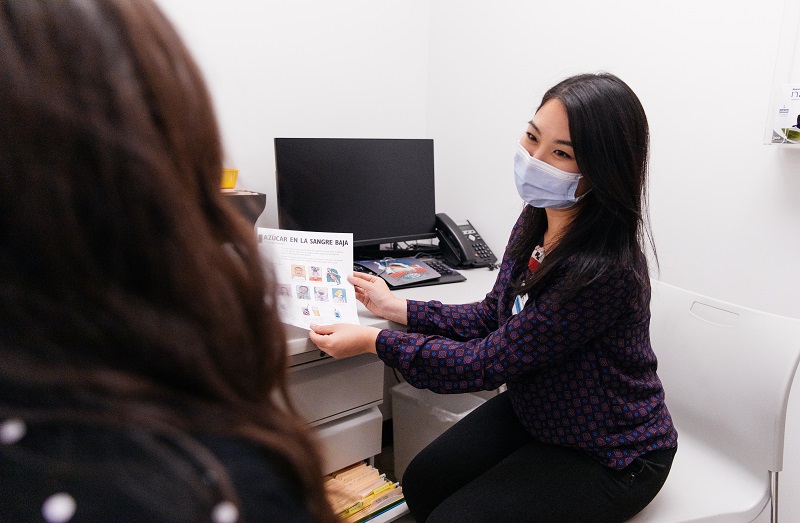
Authored by guest blogger Dr. Sonak Pastakia, PharmD, MPH, PhD, BCPS, FCCP; Professor, Purdue University College of Pharmacy and Center for Health Equity and Innovation
With the growing awareness of inequities in American society, there is a pressing responsibility for everyone to do their part to address them, including the business community. While many companies simply make public statements to show their support, BD has gone further by committing resources to invest in addressing the root causes of inequities rather than simply focusing on downstream health consequences. Through the BD Helping Build Healthy Communities™ initiative, BD and the BD Foundation – in partnership with two non-profit organizations, Direct Relief and the National Association of Community Health Centers (NACHC) – has committed a total of $22.6 million in cash and product donations to community health centers in 20 states since 2013 to support flexible service provision for low-income populations.
In an effort to assess the impact of these investments, I helped lead a comprehensive evaluation, which found that health centers that received private philanthropic funding from the BD Foundation experienced a statistically significant reduction in the clinic average1 blood glucose of the patients they serve. Discussions with past awardees highlighted how the funding from BD Helping Build Healthy Communities helped to address issues beyond clinical care, which is not typically included in other funding support or grants. Due to the BD Helping Build Healthy Communities program’s flexibility, health centers often used the funding to address conditions in the diverse environments where their patients are born, live, learn, work and play.
Understanding the impact that social determinants of health (SDOH) have on health outcomes, BD and the BD Foundation, Direct Relief, and NACHC took a bold step in 2021, to change their funding priorities from a more unilateral focus on clinical care to a more holistic, multi-disciplinary approach that encouraged applicants to integrate responses to SDOH within their funding requests. This approach is highlighted in a peer-reviewed article describing how private philanthropic investments like this will help to prime the much-needed shift in healthcare systems to respond to the multi-faceted needs of patients, especially low-income patients, to maximize outcomes and decrease overall costs.
The preliminary analysis of the outcomes from the 2021 funding recipients highlights the disproportionate toll the COVID-19 pandemic has had on low-income populations, as participating community health centers noted high levels of nutrition and income insecurity which compromised care for patients living with chronic diseases like diabetes and hypertension. We look forward to seeing how additional investments in addressing these challenges can improve outcomes in subsequent analyses. As BD continues to back-up its verbal commitment to broadly address inequities with financial support, we are hopeful that our analyses and future publications can support governmental efforts to more sustainably finance impactful initiatives which respond to the multifaceted needs of low-income populations.
1 The methodology analyzed was facility level blood sugar, it did not discern whether it was actually in the same patients pre/post intervention. This is important because these clinics have high volume patient turnaround, and the blood sugar average decrease could be due to any of a number of extraneous variables including a different patient case mix.
Subscribe to receive BD blog alerts